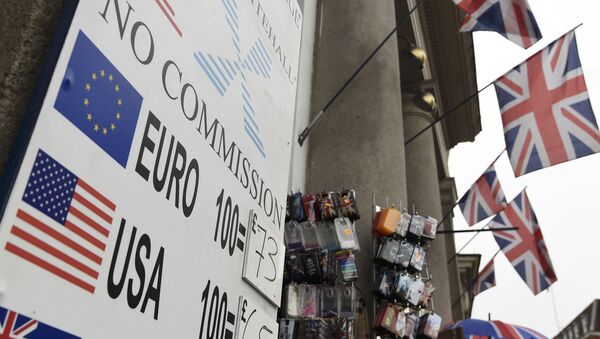The euro is declining into a break point. On Friday, the single European currency fell 0.3 percent to $1.17 and is on track to fall 1.4 percent this week, its biggest weekly decline since end-October. This was triggered by the expectations from the Federal Reserve that the dollar's market interest rate may increase next year.
08.12.2017 – Midday Snapshot by Dukascopy: The morning session is over on this Friday; let’s look back at rate movements and trader performance. Euro/Dollar has been trending lower for most of the session, losing point 29 percent by midday, but… https://t.co/QDLHZhQnmR #Forex pic.twitter.com/NRB8bmXv5n
— Stock Trkr FTSE100 (@StockTrkr) 8 декабря 2017 г.
"The market is behind the curve on interest rate hike expectations and that should start to catch up next year," said Adam Cole, chief currency strategist at RBC Capital Markets in London.
#Forex-Euro set for biggest weekly drop in six weeks; U.S. data eyed https://t.co/3RarCumfqm pic.twitter.com/NwWt8ajLMF
— EURO FOREX (@EURO_Forex) 8 декабря 2017 г.
Britain and the EU reached an agreement on Friday to proceed with trade talks and the discuss the transition period that will emerge after the Brexit divorce is implemented. Meanwhile, the euro has declined somewhat, given earlier investors' profits. However, the long term euro controversy still remains.
READ MORE: Euro Drops Against Dollar as German Coalition Talks Fail
Earlier, euro fell by as much as 0.6 percent on November, 20 after the backdrop of the coalition talks falling apart in Germany, the Financial Times newspaper reported. The main reasons of the euro decline are the stagnation of the Eurozone economy, the Euroepan Central Bank policy, anti-Russian sanctions and the dollar's strengthening.

